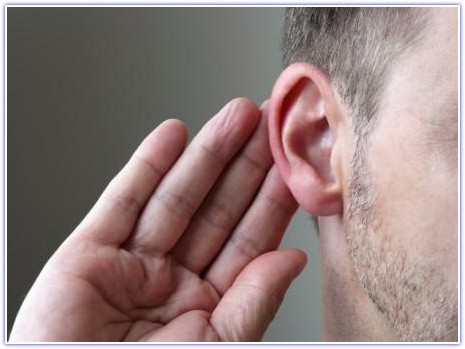Meniere Disease Neck Exercises
A number of Meniere disease patients are suffering from this type of chronic vertigo between attacks of vertigo through. Research has shown that neck exercise can help them recover from this unstable feeling. The exercises are not designed to prevent vertigo attacks or stop.
Professor Lucy Yardley of the University of Southampton is dedicated for years to give this approach better known. Together with the British Meniere's Society this psychologist has developed a self-help leaflet 'Balance Retraining', explaining the benefits of exercise and examples of exercises.Especially the shape dizziness Vertigo is called appears to be treatable with these exercises. Vertigo is dizziness feel like moving around or moving the person. People who suffer from this, notice that they are giddy as they quickly move their head or watching fast-moving business.
Dizziness prevented through exercise?
To understand how a feeling of dizziness may disappear is some understanding of the balance system is necessary. In a standard situation, our brains receive information from both vestibular about movements of our head and our eyes about our position in space. This is combined with the information from the muscles and joints on the state the body and the position of the head relative to the body. All of this input is processed by the herenen, after which provides that in balance. Suppose one of the sources of information is not functioning properly, the brains receive the wrong information, creating a feeling of dizziness. If something is wrong on many levels, it is sometimes not clear why anyone dizzy.
Our brains can until old age to constantly adapt to the changing situation of the balance system. But, do the brains have to face this situation. More movement therefore allows for faster adaptation of the brains. For almost everyone with Meniere's disease, this by itself. During a severe Ménière attack they take rest and they take after the attack back on their activity. This eliminates the unstable feeling of the attack. But if someone just rest after the attack, unstable feeling will stay correct. Fearing not move another attack, just ensures the continuous feeling of instability. This group of patients who stay home out of fear, can greatly benefit from a self-help booklet balance retraining exercises (vestibular rehabilitation). The home exercises can be performed in a safe environment or possibly under the guidance of a physiotherapist.
Example exercises (can be performed while sitting or lying down)
- Head stop, where the eyes go down, first slowly, then faster. Then the eyes of the left's go right again, first slowly and then faster and faster.
- Keep the index finger at arm's length above your head and look at the finger. Repeat exercise 1, the moving finger.
- Look at the index finger, while moving slowly overhead. Stop about five centimeters above the head.
- Relax the head and neck muscles and close the eyes. Beginning this at a slow pace, and it steadily. This can be done by example, quietly nodding yes with the head to the chest, and then as far back as possible. A variant is turning the head from side to side, as far as possible. These two exercises can be repeated with eyes closed.

Post a Comment for "Meniere Disease Neck Exercises"